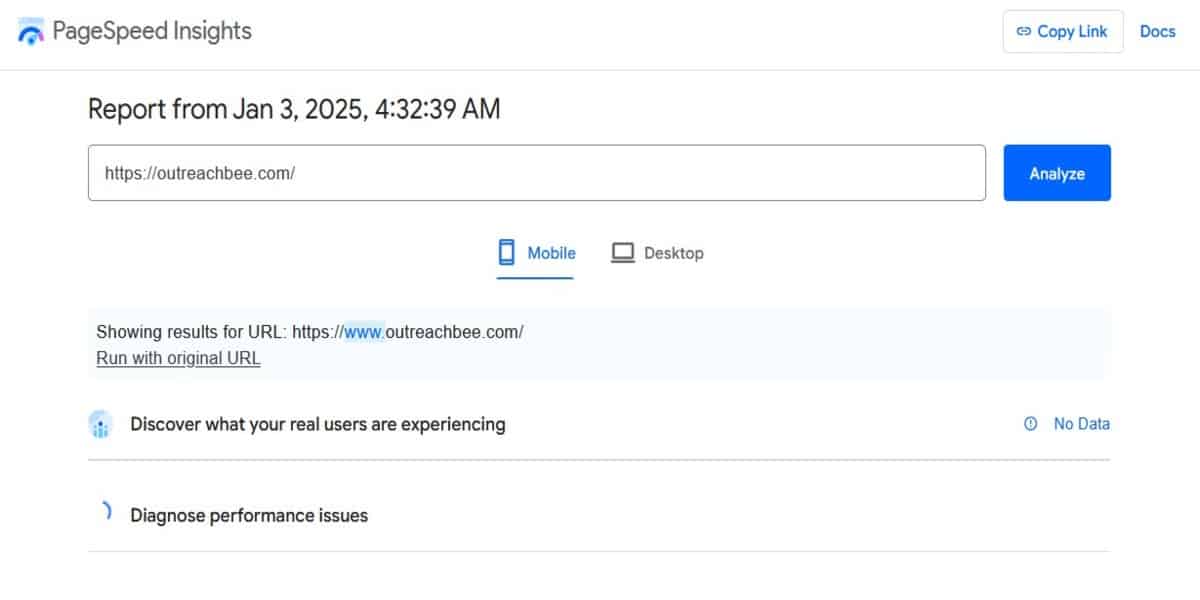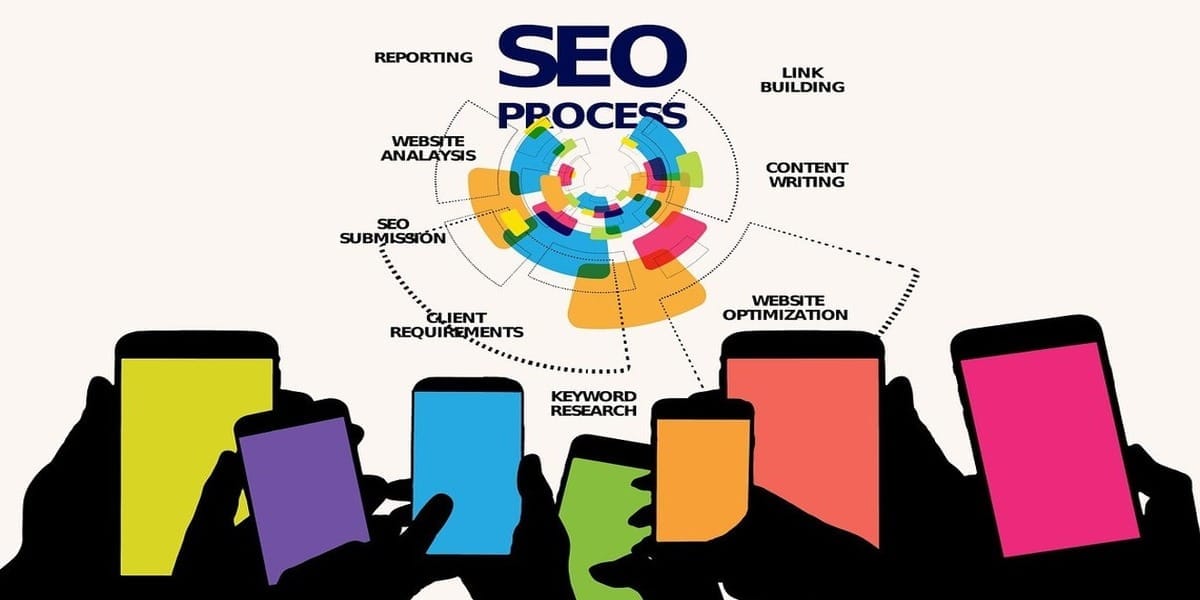Search Engine Optimization (SEO) is important for strengthening a site’s search engine performance, promoting organic traffic, and eventually establishing conversions. Good SEO practices have a very positive impact on a website. This guide includes all-encompassing SEO best practices that empower your website’s search rankings and user engagement.
9 SEO Best Practices to Boost Your Website’s Visibility
Keyword Research
Finding the Right Keywords
Keyword research is the bedrock of any successful SEO strategy. This means knowing what terms and phrases potential customers are putting into search engines when looking to buy something that you offer. Use tools (such as Google Keyword Planner, SEMrush, or Ahrefs) to identify keywords that people are searching for with high search volume and low competition.
Long-Tail Keywords
Not only primary keywords, but you should also focus on long-tail keywords, which are more specific and usually longer than the more commonly searched terms. These keywords often have less competition and tend to draw more highly-qualified traffic. For instance, rather than targeting “running shoes,” try to target “best running shoes for flat feet.”

On-Page Optimization
Title Tags
The title tag is amongst the most crucial on-page SEO elements. The title should be short, around 50-60 characters, and include the main keyword near the beginning. Each page needs to have a different title that describes its content.
Meta Descriptions
A meta description summarizes the contents of a webpage and must be displayed below the title tag in search results. They do not directly affect rankings, but attractive meta-descriptions can still increase CTR (click-through rates). Target a meta length of 140-155 characters; include relevant keywords and actionable language that makes people click.
Header Tags
Header tags (H1, H2, H3) help structure your content not only for a reader but also for search engines. The H1 tag must include the main keyword and give a brief description of the page’s subject. The following headers (H2 and H3) are used to help divide the content to make it easier to digest.
Content Quality
Quality content is a key part of any successful SEO strategy. So, it’s important that your content should be unique, understood, and stimulating. Make sure you answer the user’s questions thoroughly while including relevant keywords naturally in the text. Avoid stuffing keywords, but rather aim to offer value.
URL Structure
A well-structured URL is more user-friendly and also more informative for search engines. The end objective is to include relevant keywords and avoid unnecessary stop words (for instance, “and,” “the”). For instance, /best-running-shoes is more desirable than /article123456.
Image Optimization
Images are perfect for engaging users — but they need to be optimized for SEO. Ensure descriptive file names and alt text containing relevant keywords to aid search engines properly index your images. It also improves accessibility for visually impaired users.
Internal Linking
Internal links are links from one page to other pages within the same website, helping users find their way on your site and passing authority from one page to the other. Use a descriptive anchor text to internally link to relevant pages within your content. In addition to helping your SEO, it helps visitors stick around on your site longer.
Mobile Optimization
As more and more visitors use mobile devices to access sites, having a mobile-first site becomes crucial. Make sure that your site is optimized for mobile viewing by using a responsive design.
Site Speed
Website load speed is the most important factor for user experience and SEO. Keep your loading time under three seconds. Use tools such as Google PageSpeed Insights to check how well your site is doing and where it can improve.

Backlink Building
A strong backlink profile is critical for increasing domain authority and search visibility. Make sure to get high-quality backlinks from industry-relevant sources. You can earn backlinks organically through guest blogging, designing infographics that others want to share, or doing your own research.
Technical SEO
Technical SEO is about the behind-the-scenes of your website to help search engines crawl and index your site better. Key aspects include:
- Structured Data: Implement schema markup to provide search engines with additional context about your content.
- XML Sitemap: Create an XML sitemap to help search engines discover all pages on your site.
- txt File: Use this file to instruct search engines on which pages should be crawled or ignored.
SEO Best Practices: Final Words
Regularly monitor your website’s performance using tools like Google Analytics or Google Search Console. Track key metrics such as organic traffic, bounce rate, conversion rate, and keyword rankings to assess the effectiveness of your SEO strategies.
By focusing on quality content creation, effective keyword usage, technical optimization, and strategic manual link building, you can create a robust SEO strategy that yields long-term results.
Before you leave, learn how to get Google Rating for your business. When ready to work on your backlink profile, give us a ring or contact us or leave us a message on Facebook, X (Twitter), or LinkedIn.
Images from pixabay.com



SEO Analytics: A Beginner’s Guide
What are search algorithms and how can them affect my site?